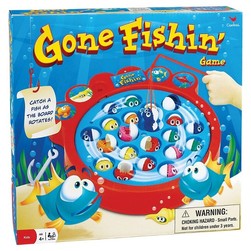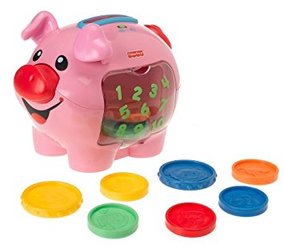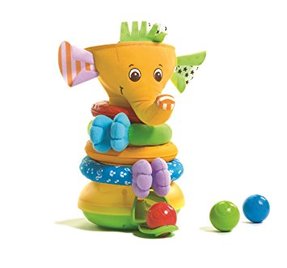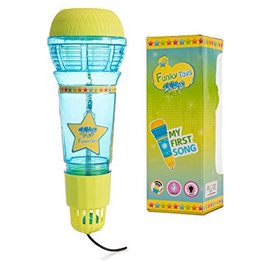Why Reading the Same Book Multiple Times is Beneficial for Your Child
If you read books with your child you have probably noticed they like to read the same ones again and again (…and again and again). Repetition is beneficial to helping children learn; however, it can get boring for the adults in their life. There are many activities you can do that are related to your child’s favorite books. Not only will these activities further develop your child’s language skills, critical thinking abilities and concept knowledge, it can also help maintain your sanity and put a new spin on things. This post is specifically for the book Harry the Dirty Dog (don’t worry, we’ll have other books coming up in future posts).
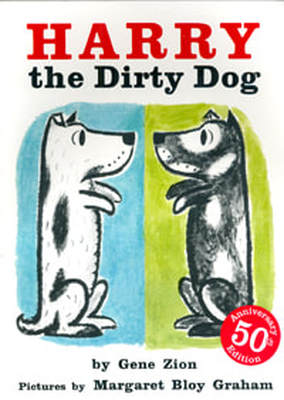
Questions you can ask as you read with your child:
Asking your child questions during or after a book is important to help build and strengthen comprehension skills, as well as, work on responding to different types of questions. Depending on the type of questions you ask your child, you can also work on their critical thinking skills as well.
- WHAT questions (e.g., “What did Harry hide?”; “What did Harry do to try and get his family to recognize him?”)
- WHO questions (e.g., “Who doesn’t want to take a bath?”; “Who will give Harry a bath?”)
- WHERE questions (e.g., “Where did Harry bury his brush?”; “Where did Harry go when he ran away?”)
- WHY questions (e.g., “Why doesn’t Harry’s family recognize him?”; “Why did Harry run away?”)
- HOW questions (e.g., “How did Harry get so dirty?”; “How did Harry get his family to recognize him again?”)
- PREDICTION questions (e.g., “Will his family recognize him?”; “What might happen because Harry looks so different?”, “Harry’s feeling hungry now. What might he do?”)
- INFERENCING questions (e.g., “How does the Harry feel?”; “How would you feel if someone you know didn’t recognize you?”)
When your child works on answering questions about a story, it means they are building vocabulary and connections, as well as, critical thinking skills!Fun activities to do after the book:
Doing activities related to a book you have read with your child is a great way to continue strengthening language skills. Incorporating activities related to a story help further build your child’s ability to make connections and associations, increase their vocabulary skills, and can also help with their ability to recall and sequence information they have learned or been exposed to. You do not need to do all of these activities in one day. Feel free to spread them out over many days or weeks and even repeat them.
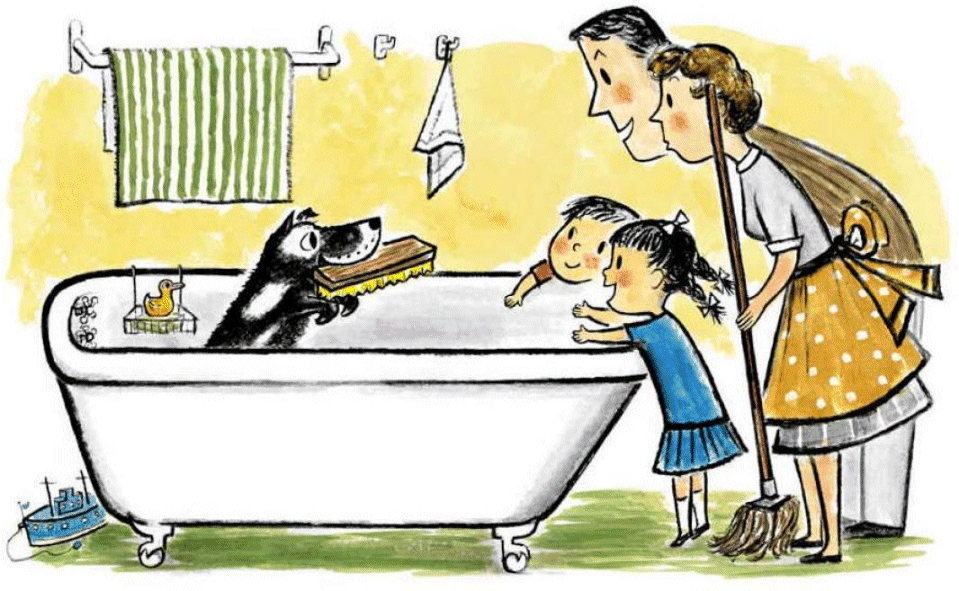
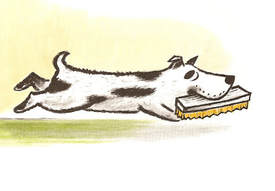
- Bake Cookies: Bake your favorite cookies (or just some that are simple) together and make them into different shapes from the story– dogs, brushes, dog bones. You can even decorate the dog shapes to make some look dirty and some clean! This activity is good for recalling details of the story, using vocabulary and focusing on similarities and differences when decorating the cookies
- Play Hide-and-Seek with a Brush: Hide a brush or scrubbing brush in your house and give your child clues to help them find where you hid the brush. You can take turns and have your child hide the brush and give you clues to find it as well. This activity is good for working on building vocabulary and concepts because of the need to use descriptions and preposition (location) vocabulary (under, above, in between, next to, etc)

As we’ve talked about before, at The Speech Space we are huge fans of books! Not only are books a wonderful way to engage and spend time with your child, but they are also a great means for building language skills like vocabulary, critical thinking and problem-solving skills. Adding or incorporating fun activities related to books you read with your child can double the impact (and fun!). If you missed our other recent book posts, you can read them here and here.
Check back on the blog for more ideas and activities you can do with your child to help encourage their communication development. If you have questions or concerns about your child’s s development, contact us at The Speech Space. We offer free screenings, which take approximately 30 minutes, and can help identify potential problems.

